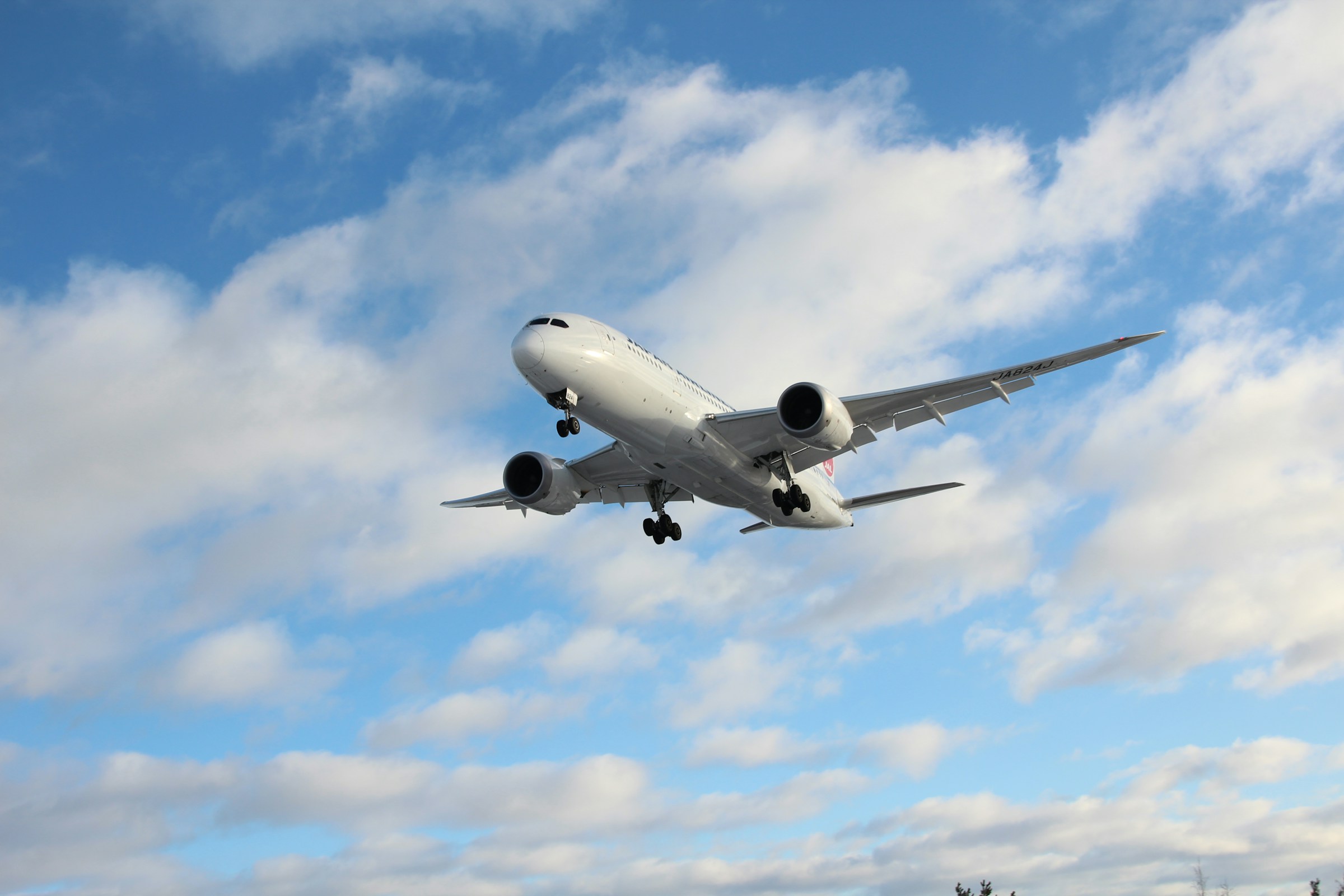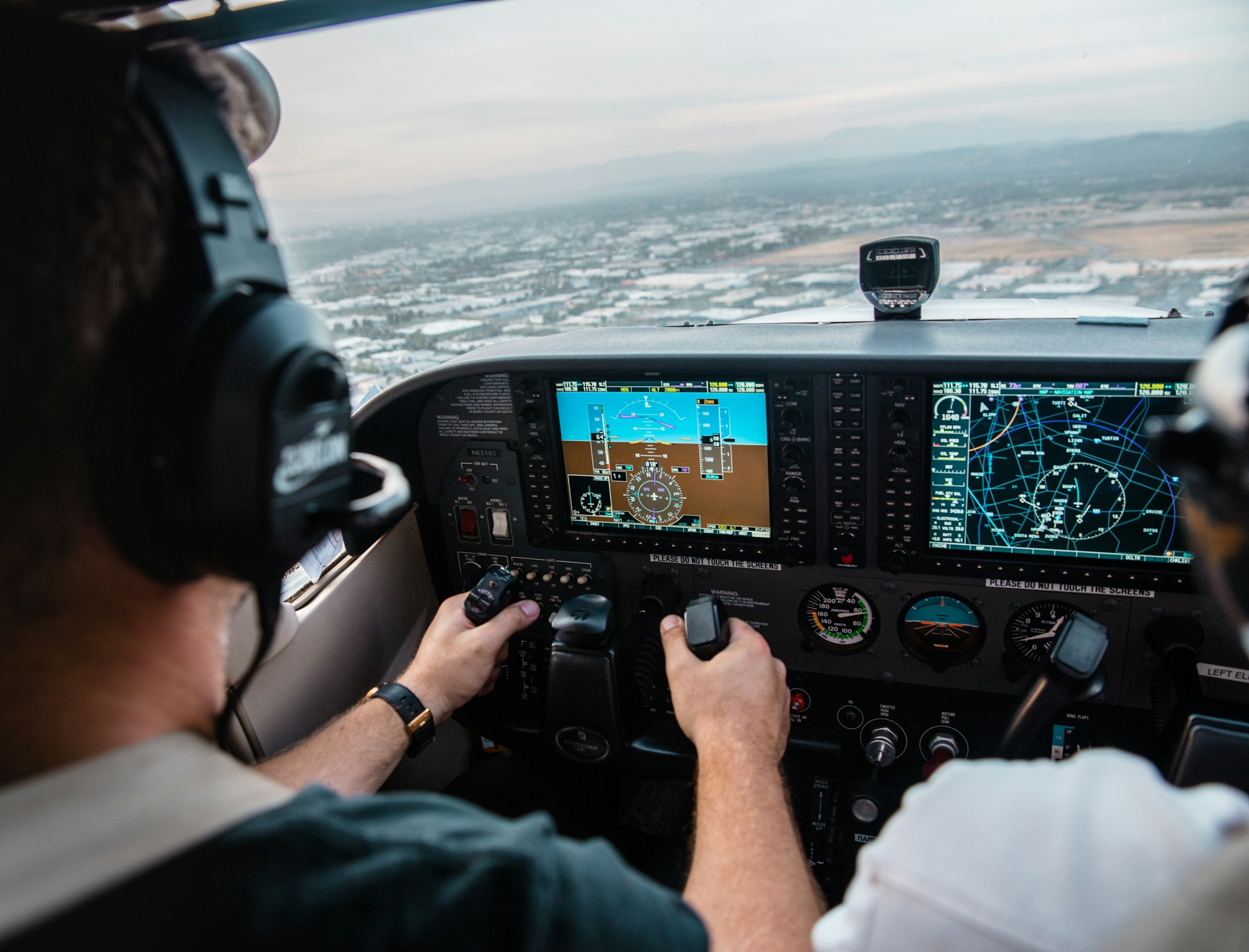The idea of two planes crashing into each other in mid-air is something out of a nightmare. However, we can’t help but have these scary thoughts sometimes. It is even worse when you think about it in the middle of your travels or just when you are about to fly, as it can cause aerophobia (fear of flying) and travel anxiety.
While rare, mid-air collisions have happened in the past. But before you start stressing, it is important to know that air travel is safer now more than ever. Thanks to modern technology and strict safety procedures, the chances of two planes colliding in the sky are incredibly slim.
In fact, air travel is deemed one of the safest modes of transport today. But let’s dive into what has happened in the past and how things have changed to keep us safe today.

One of the most significant mid-air collisions happened in 1976 over Zagreb, Croatia. This tragic accident involved a British Airways plane and a DC-9 operated by Inex-Adria Airways. It is one of those stories that reminds us of how far we have come in terms of flight safety.
What went wrong?
Well, back then, air traffic control systems were not as advanced as today. The two planes were mistakenly directed onto the same flight path, and unfortunately, neither the pilots nor the controllers realised what was happening until it was too late. The two planes collided, leading to the loss of everyone on board both flights.
This incident was a huge wake-up call for the aviation industry. It led to significant changes in air traffic control and safety regulations, making the skies much safer. While it was such a tragedy, it paved the way for the safer air travel we have today.
Another major incident occurred in 2002 over Überlingen, Germany. This time, a DHL cargo plane and a Russian passenger jet tragically collided. This story highlights just how important clear communication is in the sky.
In this case, there was a mix-up between the pilots and air traffic control. The pilots received conflicting instructions from the controllers and their onboard systems, leading to confusion about what to do. Sadly, the planes ended up on the same path, resulting in a collision.
This incident was another hard lesson for the aviation world. It led to even stricter safety measures and improvements in communication between pilots and controllers to ensure something like this never happens again.
There have been a few other mid-air collisions, including the 1949 mid-air collision over Washington, D.C. It involved a military aircraft and a small private plane. Although it didn’t result in the same level of casualties as the previously mentioned incidents, it still raised concerns about air traffic safety.
Another incident happened in 1996 over India when a Saudi Arabian Airlines plane collided with a Kazakhstani aircraft. Again, communication issues and errors in judgment played a role in this tragic event.
Though rare, these incidents are part of the reason the aviation industry has continuously worked on improving safety measures and communication systems. Every lesson learned has made flying safer today.

Air travel is generally the safest mode of transport today. The chances of something going wrong, like a mid-air collision, are extremely low. There are many reasons for this, and it all comes down to the amazing work done by the aviation industry to keep us safe.
First of all, every plane is packed with advanced technology designed to prevent accidents. Systems like TCAS help pilots avoid other planes even if there is a mistake somewhere else.
Then there is air traffic control. These folks are like traffic managers for the skies. They track every single flight and make sure that planes stay on the right path. They also keep planes at different heights so that they are never on the same level, which adds an extra layer of safety.
On top of all this, pilots and controllers go through intense training to handle any situation. They are prepared for everything, from bad weather to unexpected changes in the flight path. With these safety measures (and more) in place, you can be confident that air travel is safe.
If you want the latest information on the best Hotel Executive Club Lounges, Hotel Kids Clubs and other travel information, be sure to sign up for our free newsletter full of tips and great travel ideas.